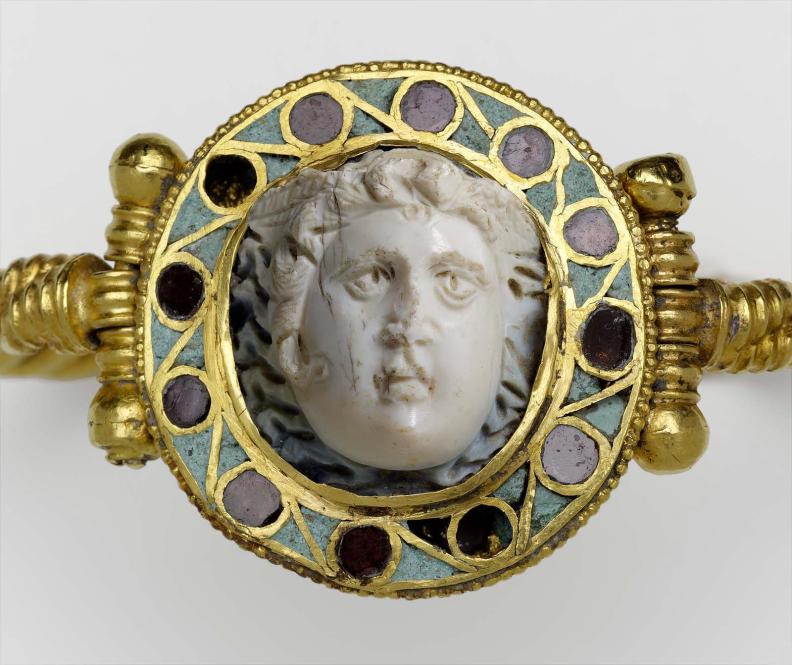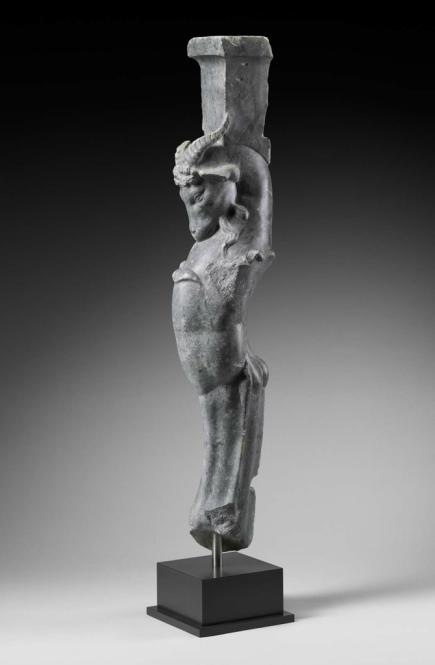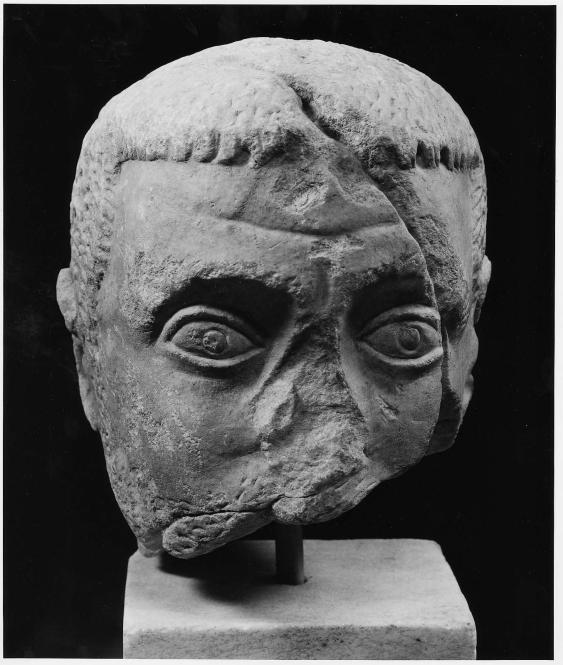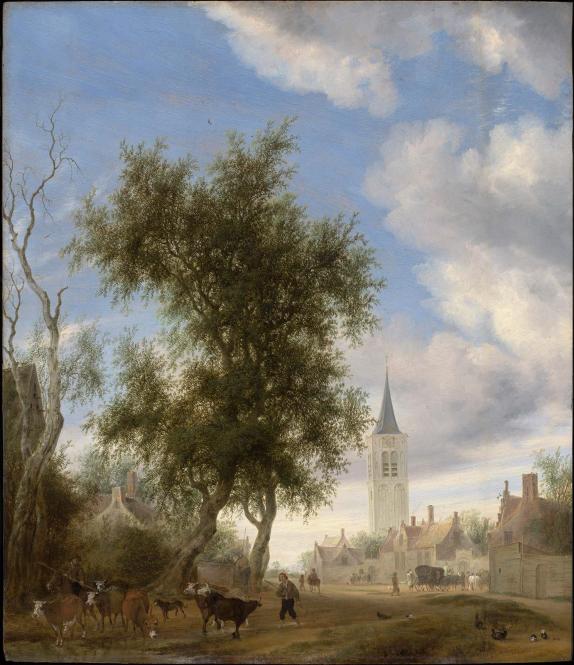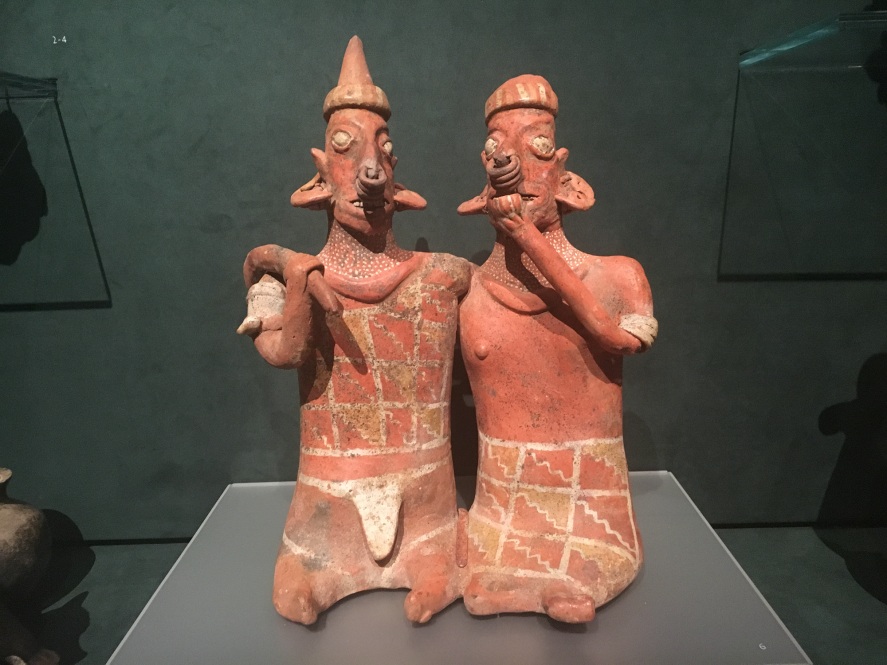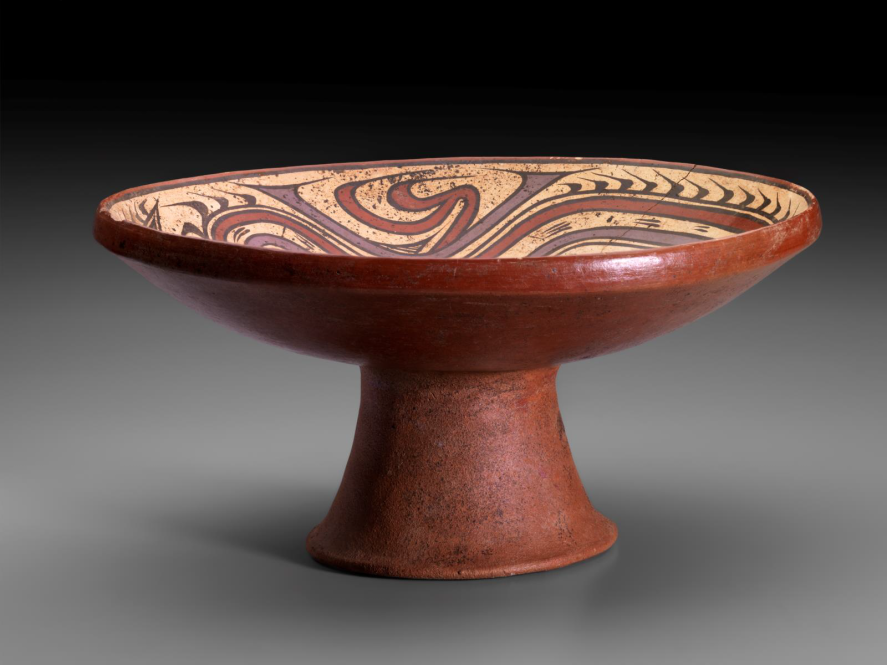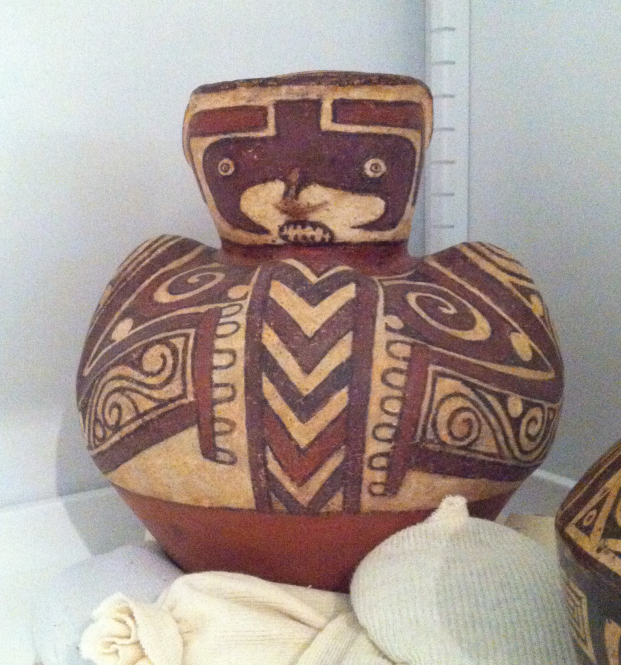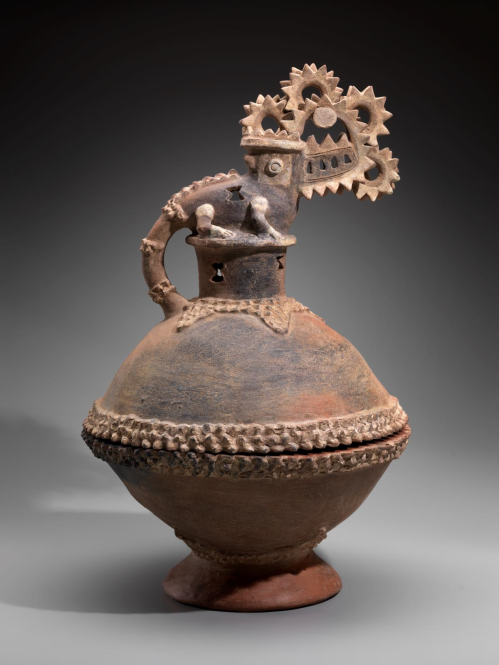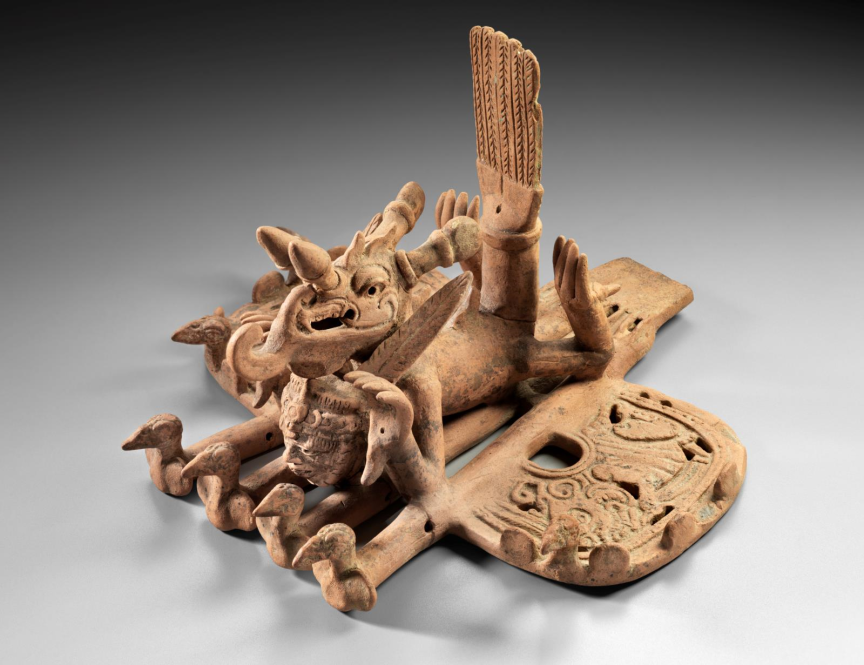L-R 55.2023
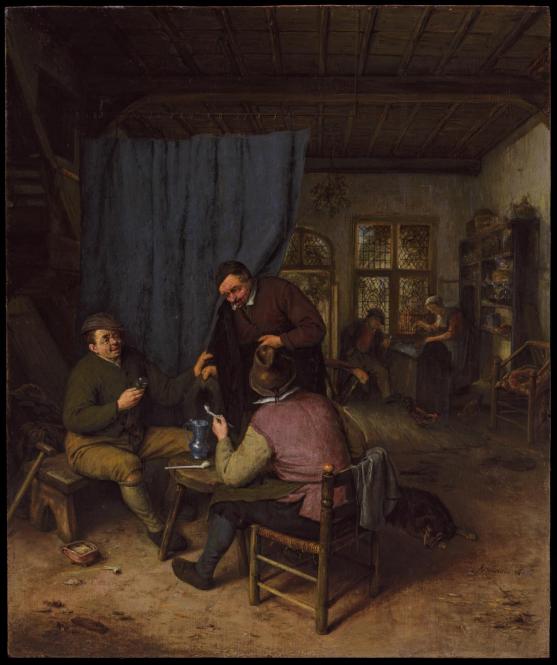
Creator
Adriaen van Ostade, Dutch, 1610–1684
Object Title
Customers Conversing in an Interior
Measurements
44.5 × 37.5 cm (17 1/2 × 14 3/4 in.)
Credit Line
Promised gift of Susan and Matthew Weatherbie, in support of the Center for Netherlandish Art
Creation Date
1671
Museum Name
Object Type
Object URL
https://collections.mfa.org/objects/654685
Claim Resolution
Resolution
Agreement reached, museum retained work
Resolution Date
April 2023
Details of Resolution
In April 2023, Susan and Matthew Weatherbie and the MFA reached an agreement with the heirs of art dealers Paul Graupe and Arthur Goldschmidt, resolving the ownership of Adriaen van Ostade’s painting Customers Conversing in an Interior (1671), which had been sold to Adolf Hitler in the early 1940s. The agreement allows the painting to be retained and exhibited at the MFA, and donated to the Museum at a future date by the Weatherbies.
By 1937, the Ostade panel was part of the stock of Paul Graupe et Cie., a Paris-based gallery run by the Jewish art dealer Paul Graupe. Graupe and his business partner, Arthur Goldschmidt, who was likewise Jewish, had been compelled to leave Nazi Germany for France due to racial persecution. In 1939, Graupe again fled, first to Switzerland, then to Portugal in 1940, and ultimately to the U.S. in 1941. His gallery stock was left behind in occupied Paris. In 1940, after he was sent to an internment camp and conscripted into service, Goldschmidt fled to the south of France, which was then not occupied. Before leaving Europe, Graupe asked for Goldschmidt’s help in saving his gallery stock, including Customers Conversing in an Interior, which he hoped could be sent to Switzerland or the U.S. In February 1941, however, Goldschmidt sold the Ostade to Karl Haberstock, an agent for Hitler. Goldschmidt was able to immigrate to Cuba later that year, making his way to the U.S. in 1946.
Haberstock sold the painting to the Reich Chancellery in April 1941. It was selected for inclusion in the art museum Hitler planned to build in Linz, Austria, the so-called Führermuseum. Customers Conversing in an Interior was recovered by Allied forces after the end of World War II and shipped to France for restitution. It is not known if Graupe ever learned what had happened to it. The painting was not claimed by the end of the 1940s, and as a result the French state auctioned it in 1951. It changed hands several times on the European art market before Susan and Matthew Weatherbie bought it, unaware of its Nazi-era history, in 1992. It is one of 28 Dutch and Flemish paintings the Weatherbies pledged to the MFA in 2017.
By 1937, the Ostade panel was part of the stock of Paul Graupe et Cie., a Paris-based gallery run by the Jewish art dealer Paul Graupe. Graupe and his business partner, Arthur Goldschmidt, who was likewise Jewish, had been compelled to leave Nazi Germany for France due to racial persecution. In 1939, Graupe again fled, first to Switzerland, then to Portugal in 1940, and ultimately to the U.S. in 1941. His gallery stock was left behind in occupied Paris. In 1940, after he was sent to an internment camp and conscripted into service, Goldschmidt fled to the south of France, which was then not occupied. Before leaving Europe, Graupe asked for Goldschmidt’s help in saving his gallery stock, including Customers Conversing in an Interior, which he hoped could be sent to Switzerland or the U.S. In February 1941, however, Goldschmidt sold the Ostade to Karl Haberstock, an agent for Hitler. Goldschmidt was able to immigrate to Cuba later that year, making his way to the U.S. in 1946.
Haberstock sold the painting to the Reich Chancellery in April 1941. It was selected for inclusion in the art museum Hitler planned to build in Linz, Austria, the so-called Führermuseum. Customers Conversing in an Interior was recovered by Allied forces after the end of World War II and shipped to France for restitution. It is not known if Graupe ever learned what had happened to it. The painting was not claimed by the end of the 1940s, and as a result the French state auctioned it in 1951. It changed hands several times on the European art market before Susan and Matthew Weatherbie bought it, unaware of its Nazi-era history, in 1992. It is one of 28 Dutch and Flemish paintings the Weatherbies pledged to the MFA in 2017.
